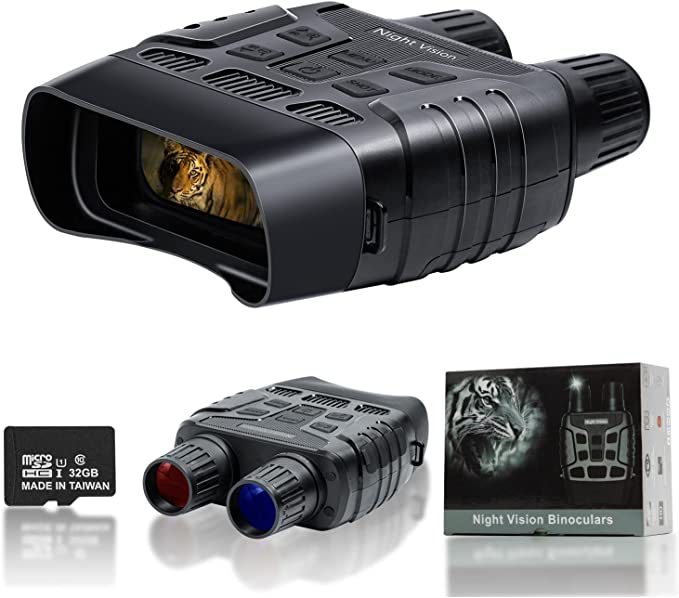
Sarah THOMAS
Are you familiar with Supergirl, Superman’s cousin? This superhero arrived on Earth when she was a teenager. Even more surprising, she has exactly the same superpowers as Superman. She is gifted with a superhuman strength and speed, she has an extraordinary hearing and an infrared vision. That means she can see in the dark, just like cats. Did you know that having superpowers is not only for superheroes? Technology enables humans to see in the dark or in the fog.
What is infrared radiation ?

Before talking about infrared, we must mention the electromagnetic spectrum. The spectrum is made of different radiations. And you know what? You probably know many of those radiations.
The electromagnetic spectrum:
- Gamma rays: doctors use gamma rays to see inside your body. The universe is the biggest gamma rays’ generator.
- X-rays: at the airport, security agents use X-rays to see what is inside your bag without opening it.
- Ultraviolet (UV): it comes from the sun. You need to be very careful with ultraviolet because it can provoke sunburns. Never forget your sunscreen!
- Visible light: it is the light you can see with your eyes. For example, light bulbs and stars emit visible light.
- Infrared radiation: it is the radiation coming from every object emitting heat.
- Microwaves: those waves enable you to make popcorn in just a few minutes or to heat food very quickly.
Radio waves: radio waves enable you to listen to music when you are in your car.
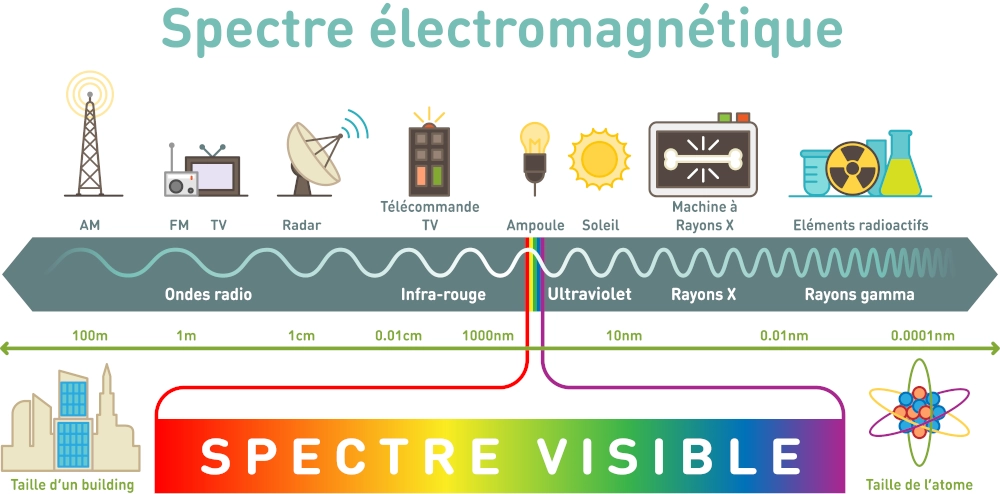

The difference between all those radiations is their wavelengths. In the chart above, wavelengths are ranked from shortest to longest. That means radio waves have the longest wavelengths.
Let’s get back to infrared radiation. It is ranked between visible light and microwaves. It is often associated with heat. Indeed, at room temperature, every object emits heat, even rocks or ice. That heat is infrared radiation. It is not visible to the naked eye, but with the help of some devices, it becomes possible!

How did we discover the existence of infrared radiation ?
Infrared radiation was discovered in 1800, more than 200 years ago! Frederick William Herschel, an English astronomer, found it out during an experiment. Herschel wanted to measure the temperature of light depending on its colour. He thus used a prism to divide one sun ray. When a sun ray goes through a prism, it breaks down into many colours, which correspond to the colours of the rainbow. With a thermometer, he measured the temperature of each ray colour. Herschel noticed that the temperatures were rising from violet to red. Out of curiosity, he measured the temperature just after the red part, where no light was visible. And there, big surprise, it is hotter!
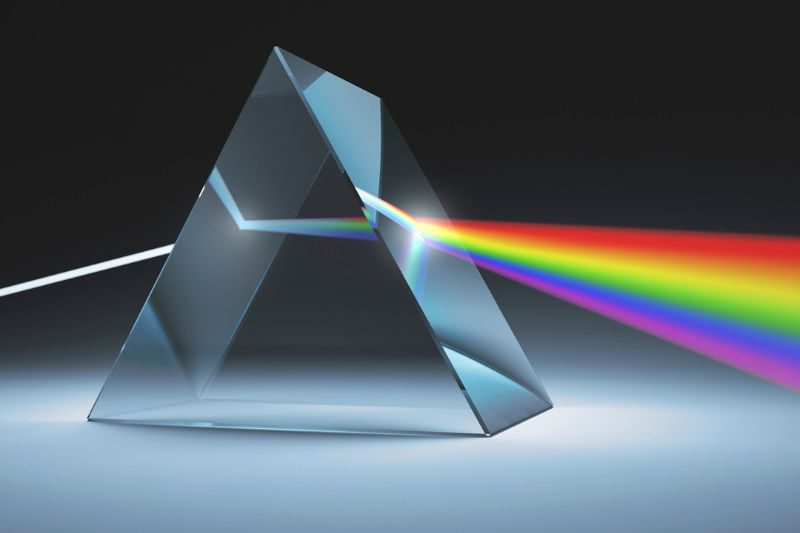
Decomposition of the light by a prism
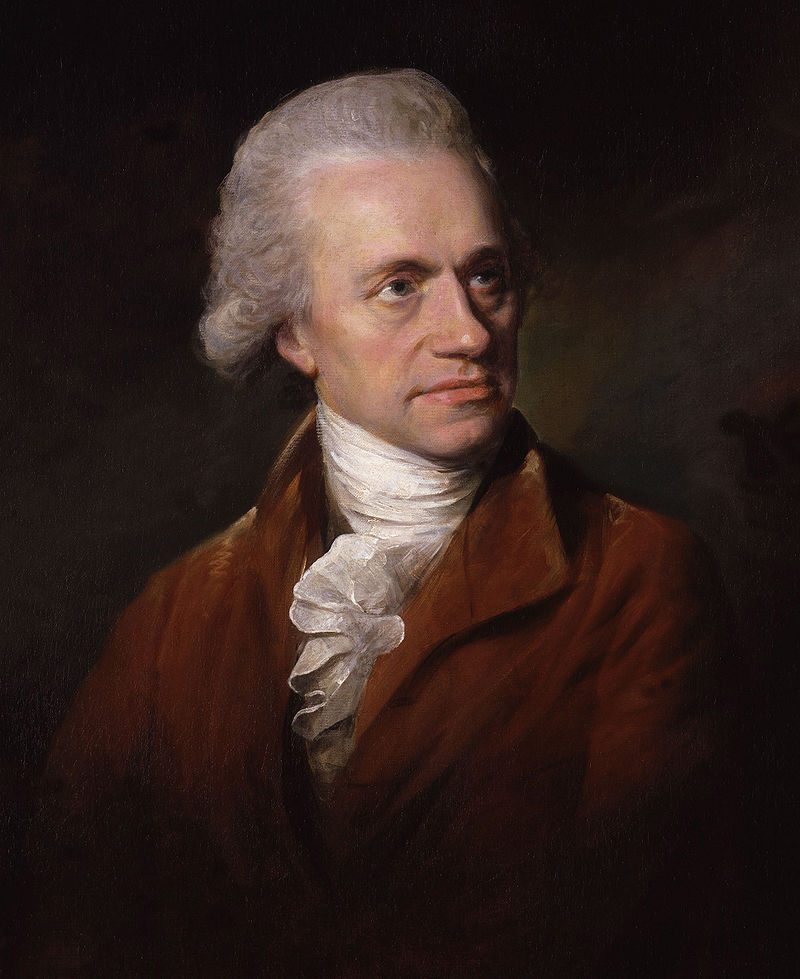
William Herschel

Why do we need infrared ?
Infrared radiation can have many uses! However, before using it, we need to be able to see it. That is why we invented infrared cameras. An infrared camera, or thermal imager, picks up infrared radiations emitted by objects and converts those radiations into images that humans can see. In those images, heat is broadcast in colours or in grayscale.
At first, thermal imagers were invented for military purposes. Indeed, with a thermal imager, you can see in the dark or in the fog. Seeing your enemies in the dark can be very useful. Today, we also use it to see if a house’s insulation is effective. If you look at a house through an infrared camera, the colour will be different on the image where the insulation is defective. The police also use infrared cameras when looking for somebody. Thanks to them, if someone is hiding on a roof or behind a wall, the police will be able to see them!
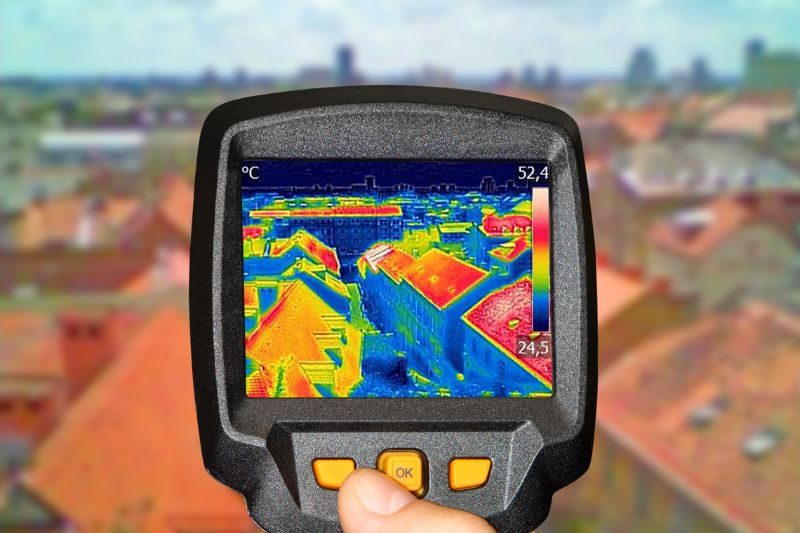
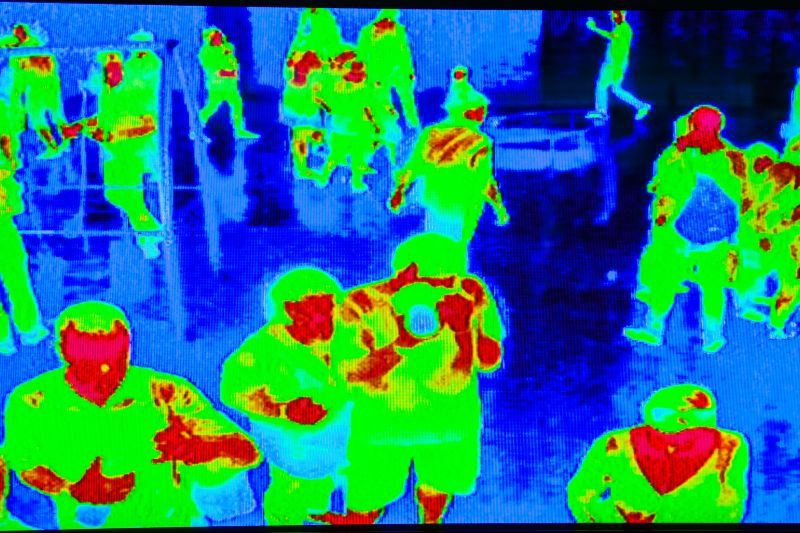

From infrared vision to night vision goggles
In zoology also these infrared vision glasses are useful. In the dark, it is possible to detect animals such as foxes, owls that try to be discreet. No luck for them, we see them! This tool is a great way to observe them without disturbing them.


